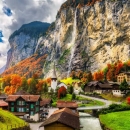
10 Of Europe’s Best Small Cities To See This Year
Visiting the small cities of Europe gives the traveller a more intimate, authentic, and relaxed view of Europe. The continent’s capitals are undoubtedly highlights, but squeezing some small cities into your itinerary will enrich your European experience. Trust me. I have already brought you 10 of Europe’s Best Small Cities, and here are 10 more of my favourites.
All these cities can be reached with a Global Pass. Now get out there and explore!
1. Delft, Netherlands
Think of how wonderful Amsterdam is and then think about a miniature, less touristy version. Enter Delft, a charming city of canals and northern Renaissance architecture, a fine cathedral, and cute coffee shops. This is a city but it feels more like a small town. Life is so relaxed here and people are friendly. Delft is known as the hometown of the painter Vermeer, for its blue-painted pottery, and for its water management ― that is Dutch speak for having an excellent system of canals!
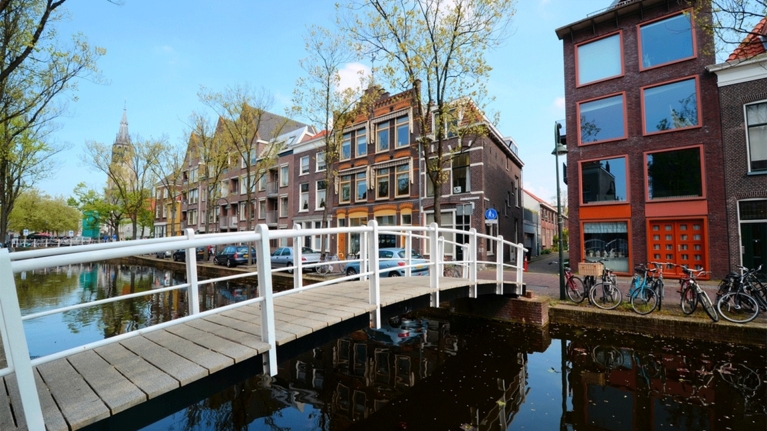
2. Schaffhausen, Switzerland
Switzerland is packed with quaint villages and well-preserved towns that were spared destruction during World War II. One of my favourites is Schaffhausen. What I like most is that its old historic core is lively and packed with pedestrians, just like it must have been in the old days. Schaffhausen is a place to admire Renaissance buildings. Take particular note of the numerous famed oriel windows. For a neat perspective of the town and its position along the Rhine River, walk up through the vineyards to the fortress on the hill. As an added bonus, Europe’s largest waterfall, the Rheinfall, is a 45-minute riverside walk or a couple of stops away on the train.
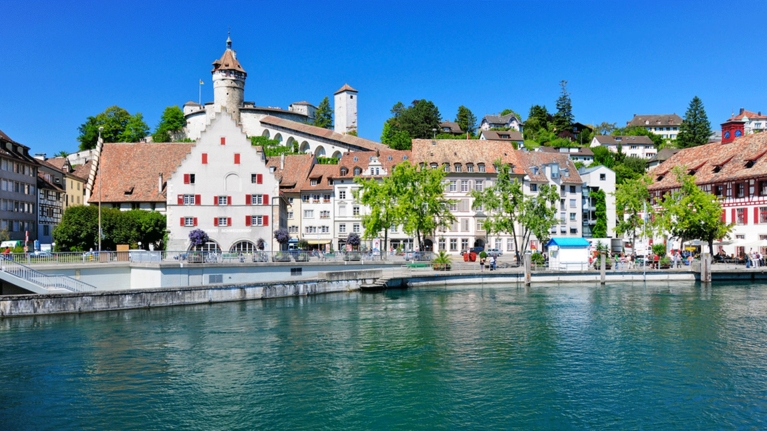
3. Cáceres, Spain
Wondering where all that gold and riches went when Spain plundered the New World? Much of it went to build mansions, cathedrals, and palaces in Cáceres. Even the most dedicated traveller would be forgiven for missing off-the-beaten-track Cáceres. This city in remote Extremadura has a splendid Ciudad Monumental, or old city, with great historic wealth. The Camino de Santiago pilgrimage route from Seville, called the Via de la Plata, leads pilgrims past the city’s thirty or so towers on the way north to Santiago. You will see an architectural blend of Roman, Islamic, Northern Gothic, and Italian Renaissance styles.
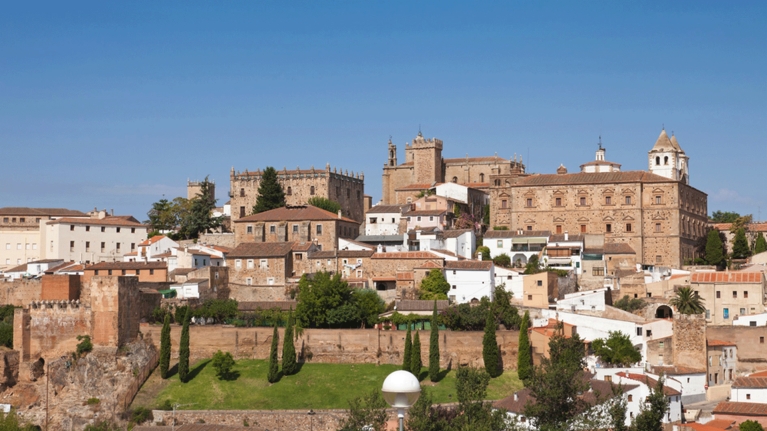
4. Český Krumlov, Czech Republic
I do not think “small city Europe” gets much better than Český Krumlov. Czech Republic is packed with history-soaked towns and Český Krumlov is one you should not miss. Imagine a figure-eight river snaking its way between the cobble-stone streets of the old lower town and a castle perched high above the river bank, giving you a bird’s eye view. Think cosy atmospheric pubs serving up medieval-style meals and a few mugs of pilsner beer that made Bohemia famous. Then throw in some live music and even more beer, and you have got yourself a great night out in this historic town.

5. Bruges, Belgium
Bruges has been a tourist destination for centuries. I am not going to hide that fact. But that does not make it any less fascinating. Bruges grew wealthy from its Golden Age wool commerce in the 12th to 15th century. Now, we reap the benefits of the picturesque canals and graceful architecture: it is a city to be enjoyed. Walk the old streets, climb the 366 steps of its 13th-century belfry, take a boat ride through the canals, and sit out and enjoy its street-side cafe culture. Best of all, Belgium is small, so Bruges is easy to visit on a short rail trip from Brussels, Antwerp, or Ghent. Or better yet, stay the night.
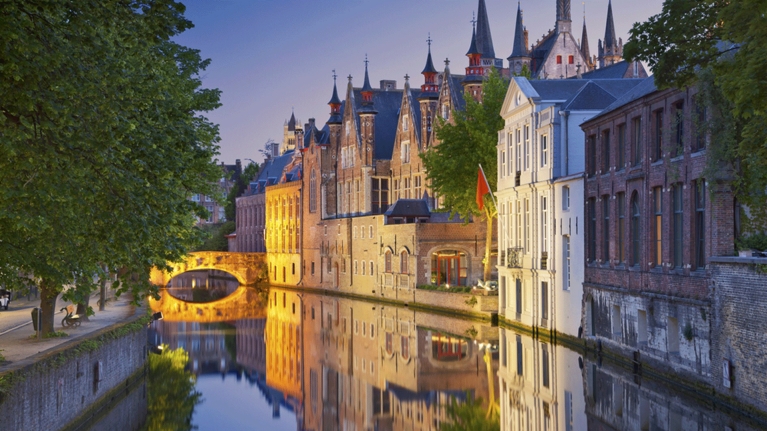
6. Freiburg, Germany
How about a nice medieval city on the edge of the Black Forest? Freiburg im Breisgau is where you want to go. After riding the Black Forest Scenic Rail from Konstanz, explore the old town of Freiburg, with its mighty medieval cathedral, Renaissance university, and mini canals that have protected the city from fire since the middle ages. If you are like me, you will not want to leave, especially after seeing the sunset from the Schlossberg above town. Freiburg is also well-regarded for its high standard of living and progressive environmental practices.
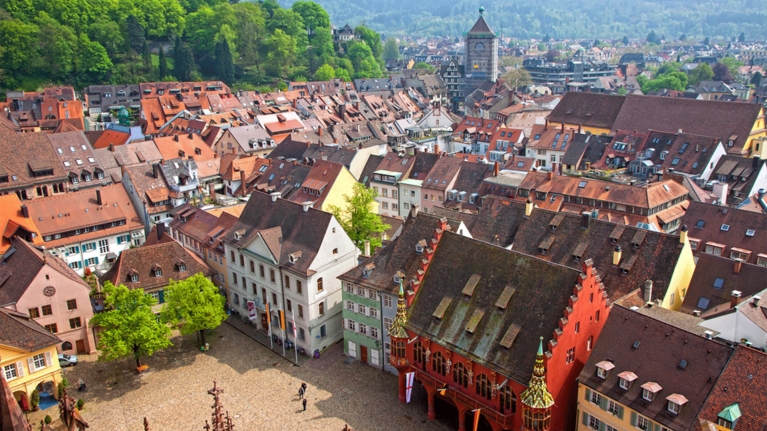
7. Trondheim, Norway
Founded in 997, Trondheim is one of the oldest cities in Scandinavia. It is big enough to offer an array of culture and entertainment, without the hassle of a big city. It is home to Europe’s northernmost medieval cathedral, an old fortress, some colourful architecture, and served as the capital during the Viking Age. Trondheim is beautifully situated on the fjord of the same name. You will need a full day to see the sites in Trondheim and additional time to explore the surrounding area. Despite its northerly location, Trondheim is well-connected to Oslo by rail. Temperatures are not as low as you might think, even in the winter.
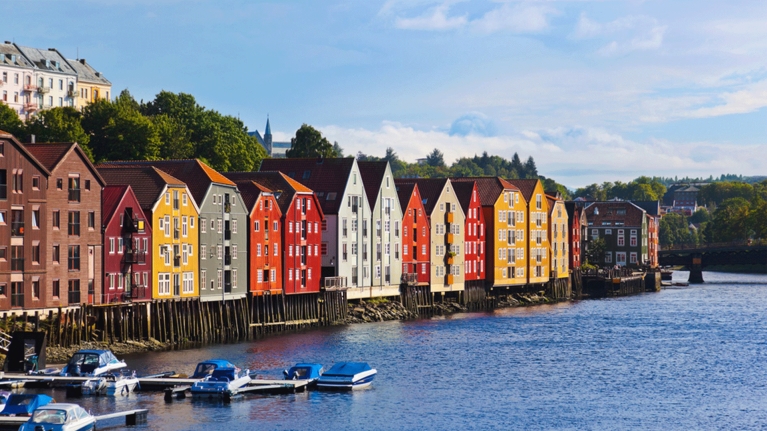
8. Sighisoara, Romania
Ready to get your medieval on? Sighisoara, Romania is one of the best-preserved medieval towns in Europe. It is also where Dracula comes from (you can even see his house!). Despite its reputation as one of the finest gifts to tourism in Eastern Europe, Sighisoara is virtually free of tourists for much of the off-season. The small old city, perched above the new town on a rocky outcrop, is best explored by foot, taking in the colourful buildings and fine views out to the surrounding mountains of Transylvania.
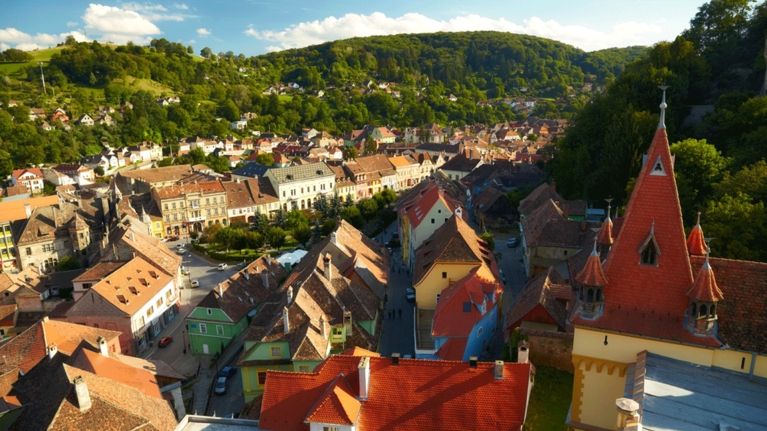
9. Kecskemét, Hungary
Kecskemét is not an obvious choice, but discerning travellers looking to escape Budapest’s tourism hustle will be pleased by the small size and gorgeous architecture of Kecskemet. Furthermore, locals are proud of their city and will be happy you have made the effort to come here, and it does not take much effort. Kecskemét is linked to Budapest with an easy hour-long train ride. Once you are there, have a wander through the relaxed town of wide boulevards which showcase the colourful Hungarian Art Nouveau and Secessionist architecture, while dropping into its fine museums. Be sure to pick up a bottle of the region’s excellent barackpálinka, or apricot brandy, for the train ride.
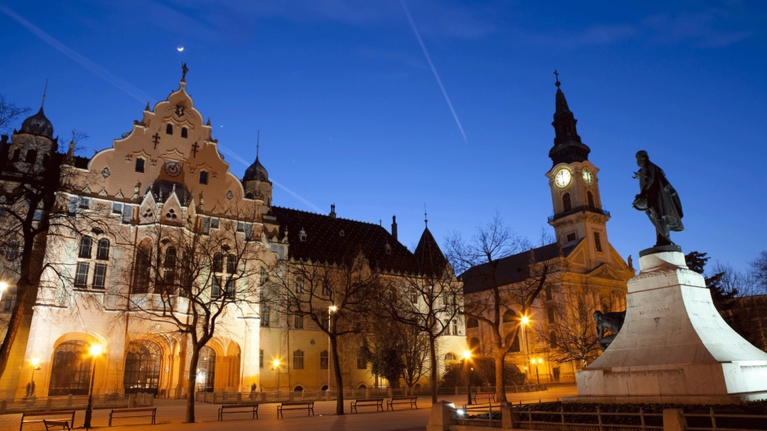
10. Vicenza, Italy
Lesser-known Vicenza is an ancient city in Italy’s Veneto region. It is only 1 hour and 15 minutes from Venice by regional train. Vicenza’s old town is an easy 5-minute walk from the train station. The city is known as “the city of Palladio” because of the many villas designed by Andrea Palladio, the 16th-century Renaissance architect who gave us the Palladian style. Vicenza is a draw for architecture buffs for sure, but the rest of us will still appreciate its brilliance. The city centre is a good place to begin your walking tour. It includes the exquisite Teatro Olimpico (Olympic Theatre) and commanding Basilica Palladiana.
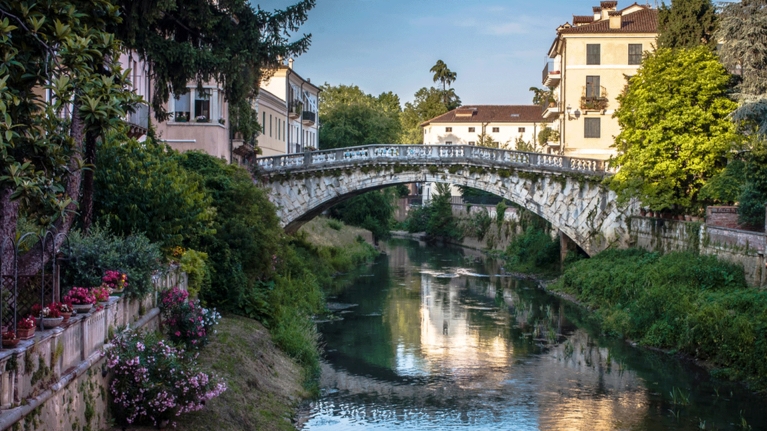
You might like this as well:
-
![bulgaria-mountains-nature]() Europe’s 10 Must-See Natural Wonders Check out 10 of the best natural wonders of Europe: the extensive train network means you can visit many of the continent’s remote areas with a Eurail or Interrail Pass.
Europe’s 10 Must-See Natural Wonders Check out 10 of the best natural wonders of Europe: the extensive train network means you can visit many of the continent’s remote areas with a Eurail or Interrail Pass. -
![liechtenstein-balzers-panorama-mountains-summer]() How to Visit Liechtenstein by Rail Googling how to get to Liechtenstein? The train timetable is not very frequent, and you may need to complete the journey by bus, but it's worth the hassle.
How to Visit Liechtenstein by Rail Googling how to get to Liechtenstein? The train timetable is not very frequent, and you may need to complete the journey by bus, but it's worth the hassle.
Change of currency
You cannot change the currency once you have a Pass in your cart. Remove the Pass, and then change the currency on the website header.

